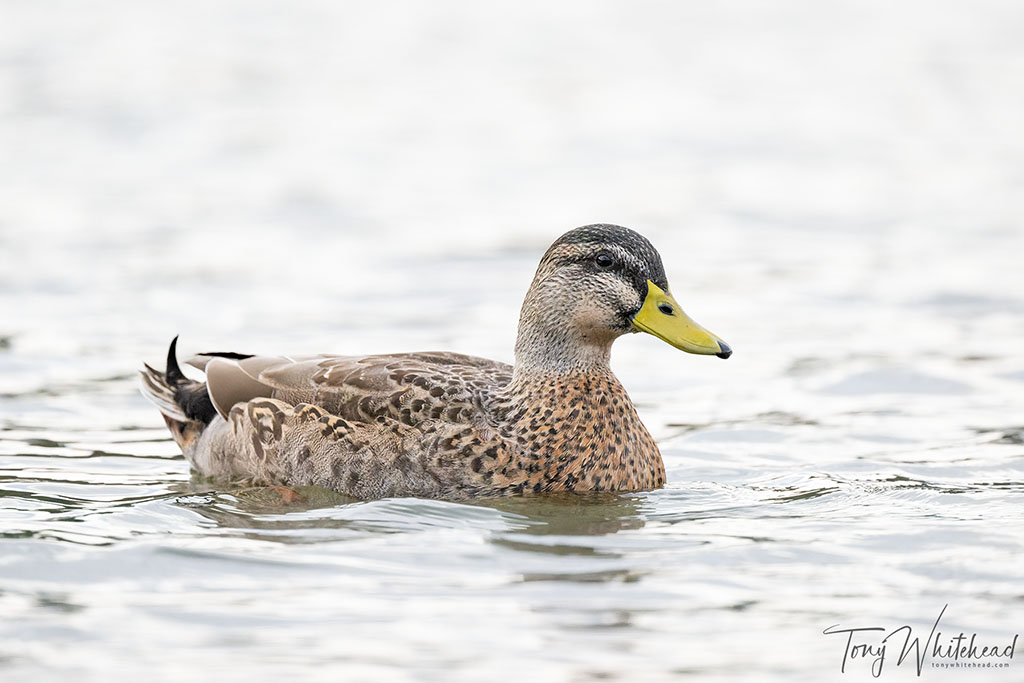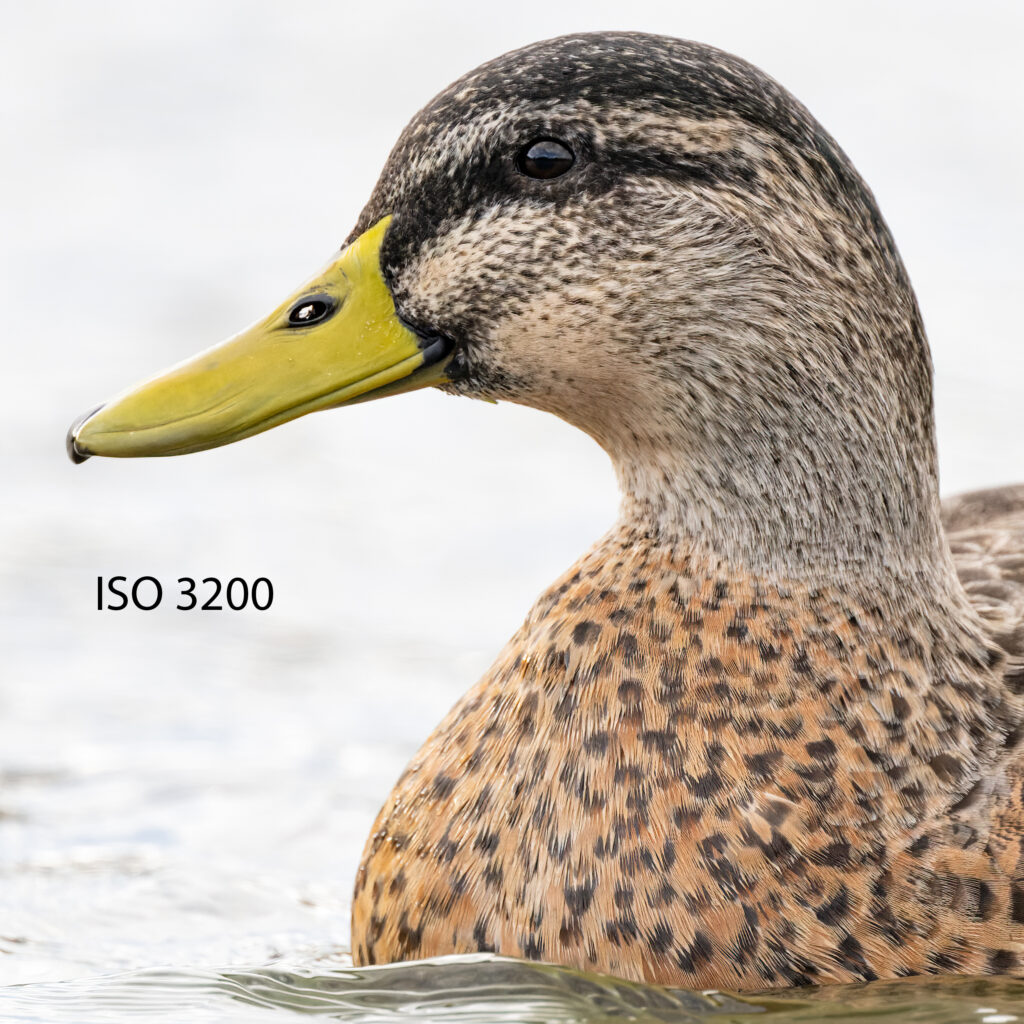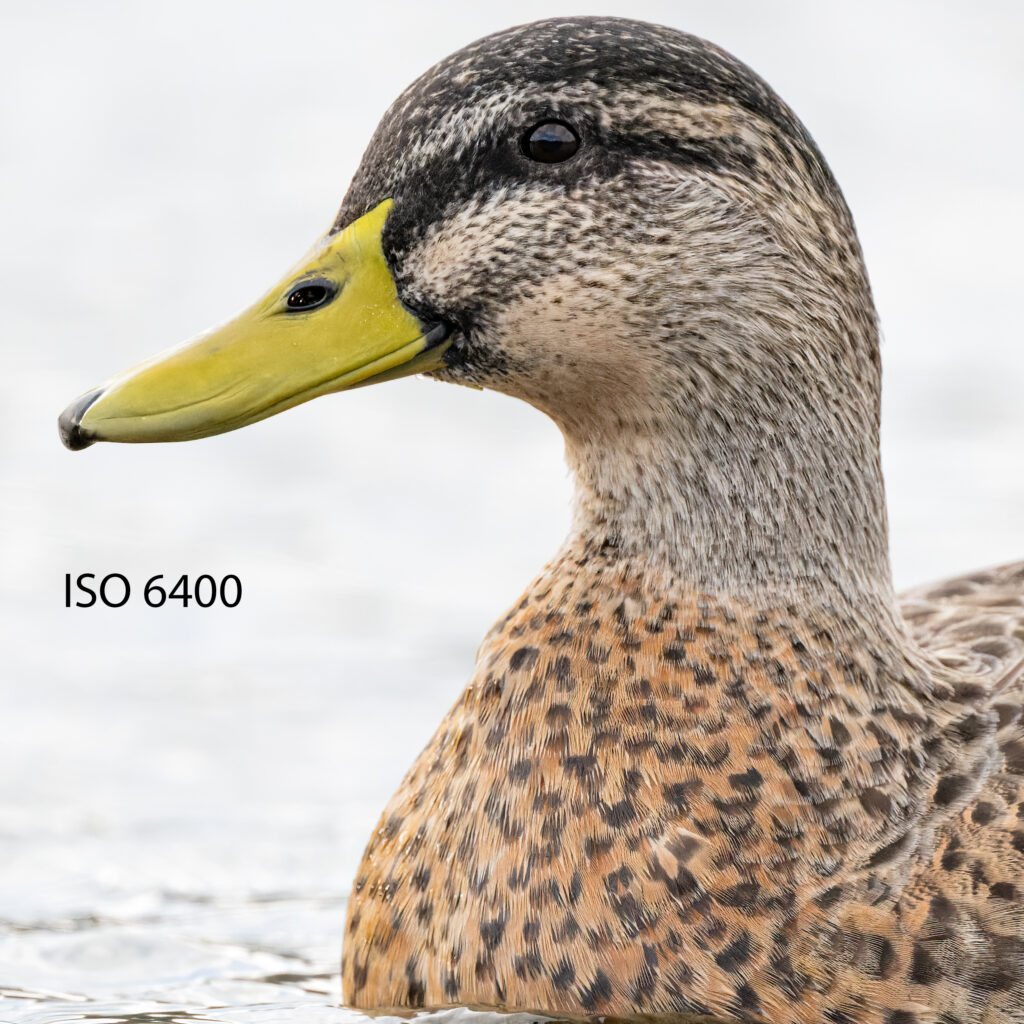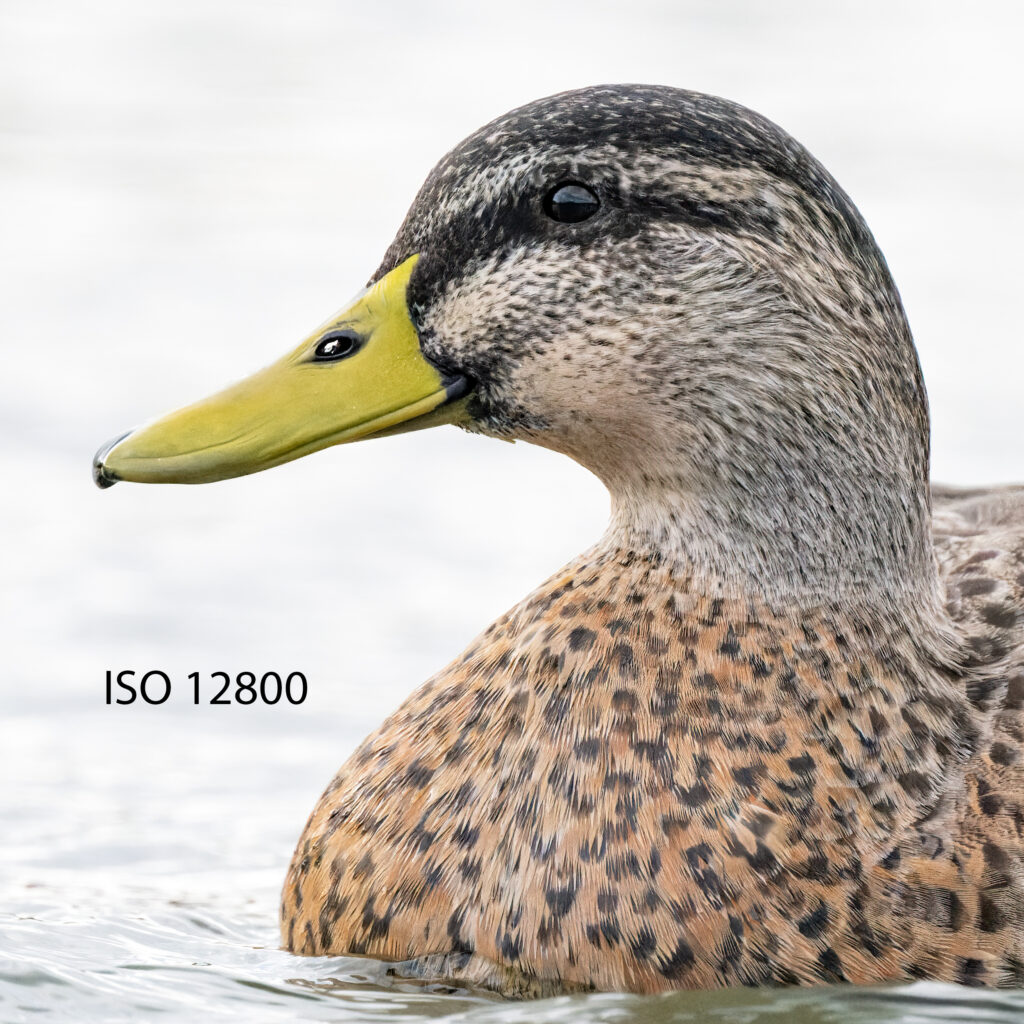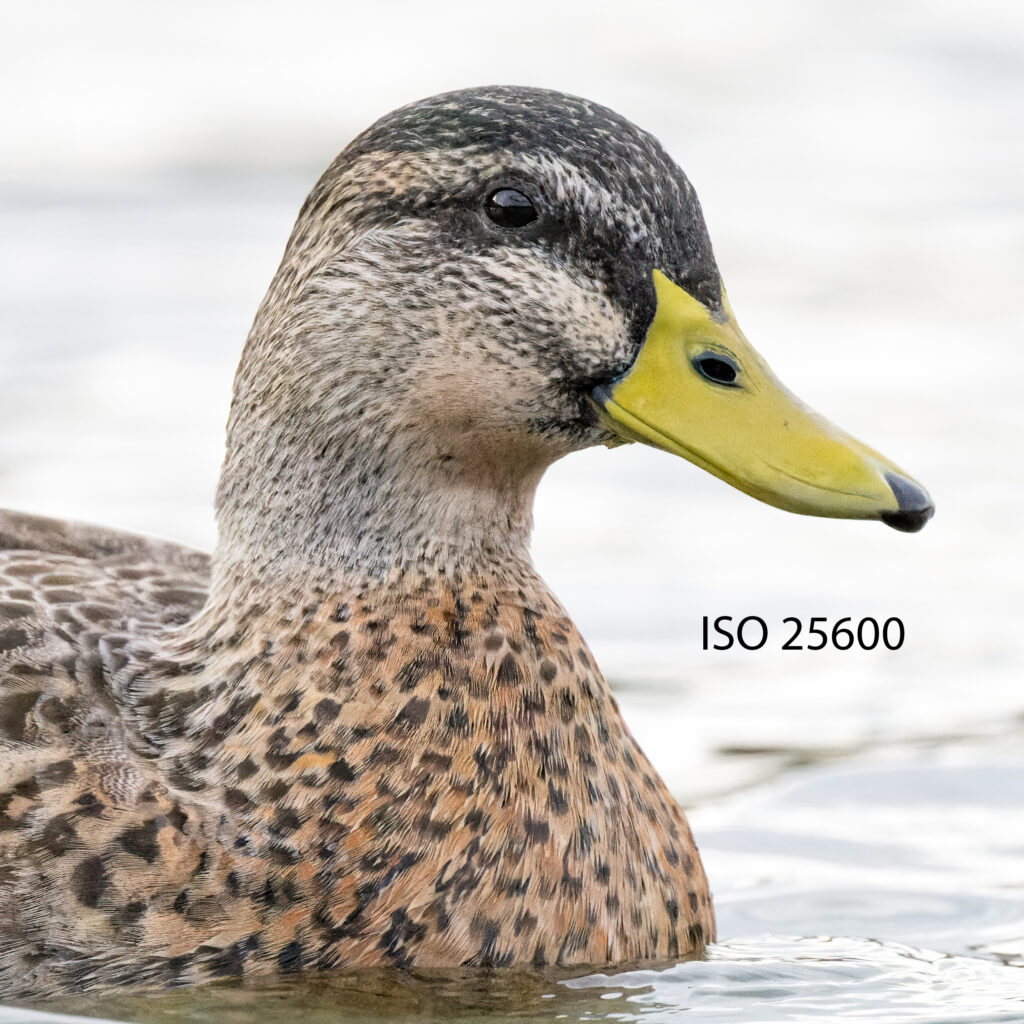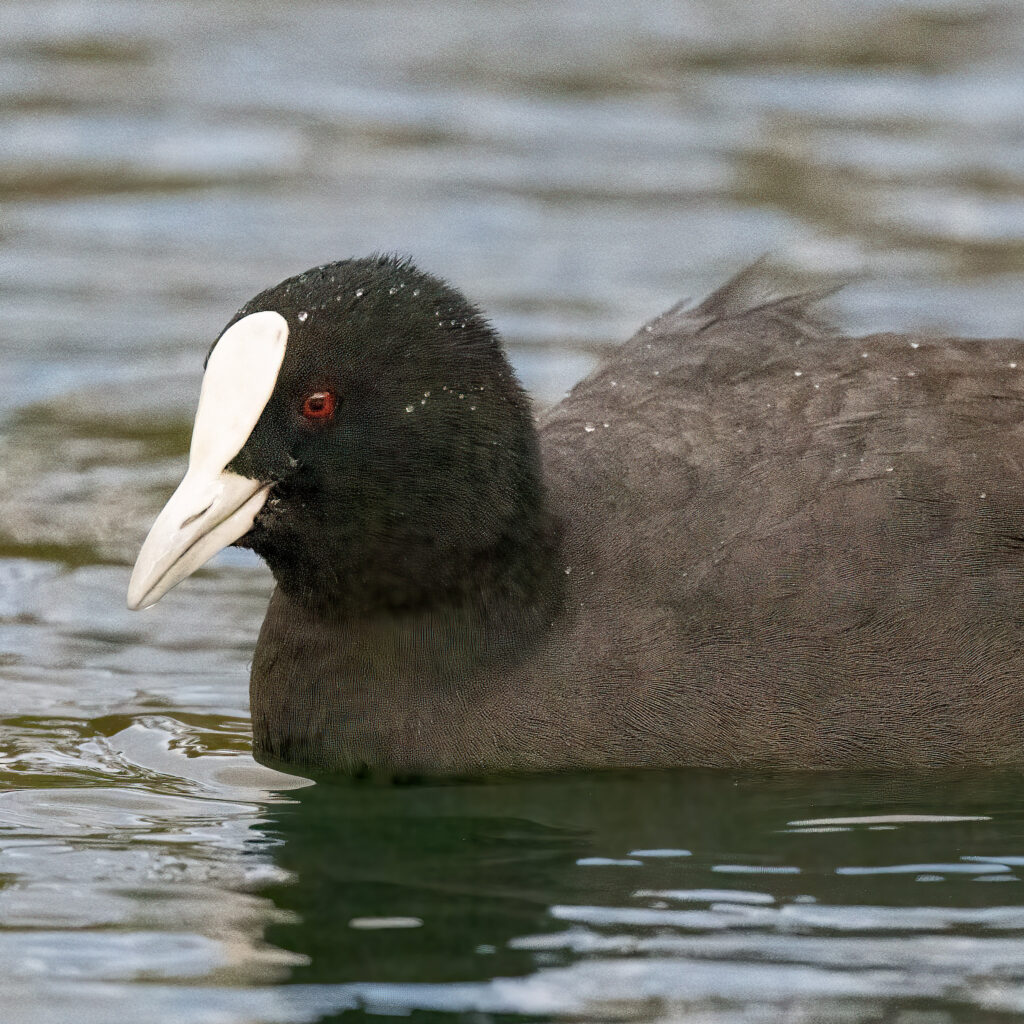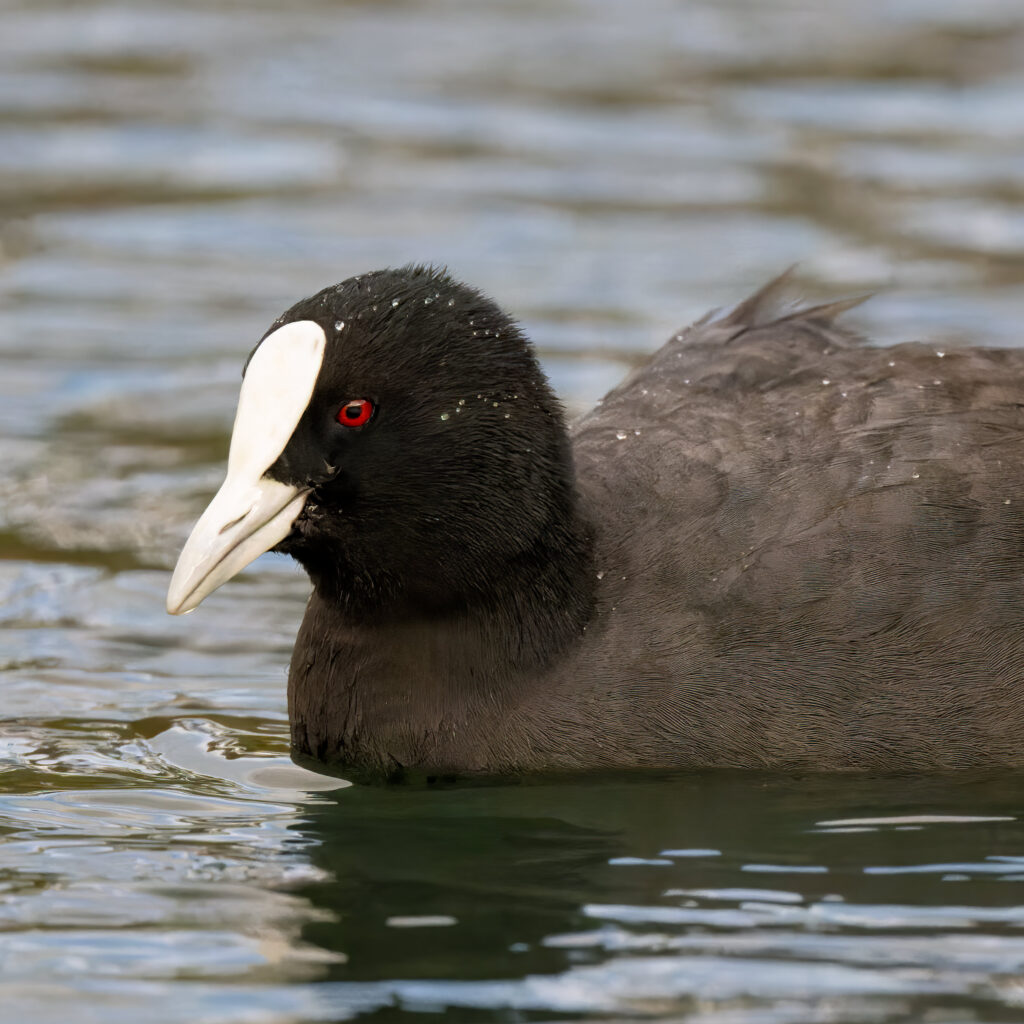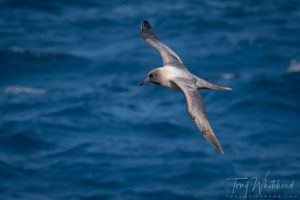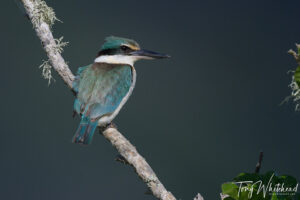I have written recently on how we now need to consider software when making decisions around what gear is best suited to the job at hand. In Image Sharpness – Another Issue to Consider, I wrote about Topaz DeNoise and Topaz Sharpener as tools to consider along with the qualities of the lens when making gear choices as an extension to my post on How Sharp is Sharp Enough. This week I would like to talk about the role of the RAW converter in the image making decision process.
Technological advances in hardware have seen us with incremental access to sharper, lighter lenses and camera bodies with previously unheard of focussing abilities, frame rates, dynamic range and high ISO performance. On the software front steady improvement in RAW processors and plugins has enabled us to maximise the features of our hardware. It has often been impressive to revisit files taken with previous generation cameras and processed through the Lightroom of the day and then reprocess them with the latest process version in Lightroom. I think that performance gains from sensors and software processing have enabled a slight shift in lens design priorities. Whereas in the past, maximum apertures for focal length have been important, we can now accept a slight slower lens in exchange for a lighter lens with the knowledge that we can run a higher ISO and process it to extract adequate detail. I suspect that this was part of Nikon’s decision to make the Nikkor Z 800mm f6.3 VR S a third of a stop slower than their previous 800mm f5.6 lens and achieve a lens of half the weight.
Coming from a film background where ISO 400 was considered quite high with a grain penalty to pay for that speed, I retain a bit of caution around pushing ISO too high. The Nikon D3 was a ground breaking camera in it’s day and opened up routine access to ISO 1600 and even 3200 if needed. Since then I have very seldom strayed above this for wildlife work, preferring 800-1600 if possible. For stage and theatre photography I have ventured to 6400 but never above. My usual approach has been to use the built in Lightroom noise reduction which worked well for me. Since having access to Topaz plugins I have used Topaz DeNoise as my default noise management tool. This has provided excellent results which got me wondering about how high could I push ISO and retain acceptable results.
Early results suggested that up to 3200 or even 6400 was acceptable but things were starting to get a bit marginal at 6400. Reading good reports on DxO PureRAW, especially with the DeepPrime method of demosaicing, I decided to do a more formal test. Heading up to the lake after work I shot a series of images in dull light at ISO 3200, 6400, 12 800 and 25 600 to process.
I have previously been reluctant to move away from an Adobe-centric Lightroom/Photoshop workflow as I am so familiar with it and have been happy with the results. The potential gains of moving to a DxO Photolab or Phase One Capture One workflow didn’t seem worth the cost or inconvenience. DxO PureRAW 2 has eliminated this niggle as it is accessible directly from within Lightroom. I can process an image in Lightroom and then if deciding that it needs the PureRAW demosaicing can pass it on directly to the DxO program and it is then imported back into Lightroom with my prior edits already applied.
This step is complicated by an additional one at present as Nikon Z9 high efficiency RAW files are not yet supported by PureRAW. This requires export of a DNG from Lightroom which then goes to PureRAW. Despite this it remains quite a simple process to integrate into my workflow. The gains in my tests to date make this more than worthwhile. The bottom line is that using DxO PureRAW has opened up routine use of ISO 6400, 12 800 and even 25 600. The images shown are 100% crops taken from files processed in DxO PureRAW with DeepPRIME and are quite mind boggling to me.
While there is a price to pay for using higher ISO, the end result is that I am now going to be far more comfortable using ISO 12800 and even 25 600 that I have never previously even considered. DxO Pure RAW is not something I will use for all images. The usual Lightroom/Topaz workflow works fine for images up to 1600 but noise management at the RAW desmosaicing stage with PureRAW is significantly better than using Topaz DeNoise to manage noise after the fact in Lightroom.
This following image comparison is obviously a worst case scenario. A coot with a white bill shield and deep black head, exposed to maintain highlight detail records minimal data from the dark feathers. Shot at ISO 25 600, the best I could do with the latest (10 May 2022) version of Lightroom and Topaz is unusable in my view. The DxO PureRAW version is completely usable.
Software definitely needs to taken into account as an integral part of the process of decision making at the time of image capture. Previously I would not have shot at ISO 12 800 or 25 600, choosing to risk image blur for the chance of an image at a usable ISO. I will now be happy to push higher with the knowledge that I can adapt my workflow to use DxO PureRAW DeepPRIME to extract a usable file.
There is an file size overhead to consider with this approach. The DxO demosaiced DNG files are massive but in reality the 2 DNG files required for DxO processing do not need to be kept once used to create a TIFF master file of the processed image. With discipline to delete these files once used there should be no impact on storage needs.
Currently Lightroom is one of the only programs supporting Nikon Z9 high efficiency RAW files and may improve over time. I have not explored Nikon NX Studio much as it doesn’t integrate into my Adobe workflow easily so I cannot offer a thorough opinion on this. Putting a couple of these images through it, it seems that better results are obtainable than with Lighroom/Topaz but noise reduction comes with a significant loss of detail which seems to be retained in the DxO PureRAW rendered images. Having read a little on this it seems that there are varying opinions with some saying good and other reporting not as good as Lightroom/ACR. I am disinclined to spend more time on NX Studio because of the inefficiency of moving between it and Lightroom/Photoshop.
DxO PureRAW is available as a download with free 30 day trial if you wish to try for yourself.
Photos with Nikon Z9 and Nikkor Z 800mm f6.3 VR S.
